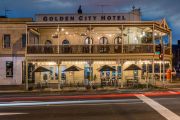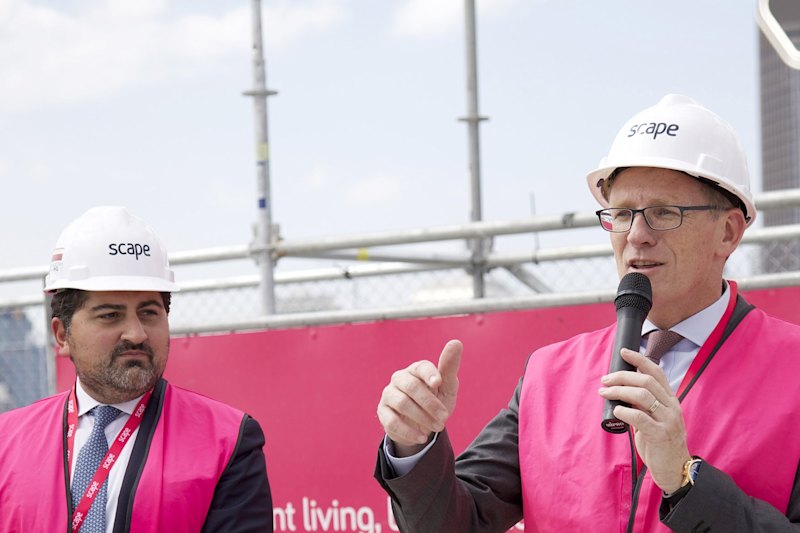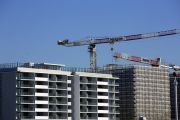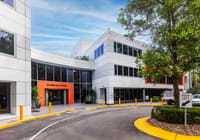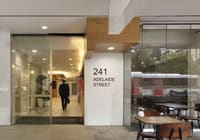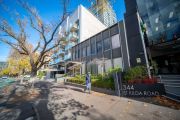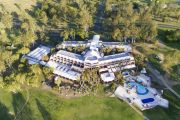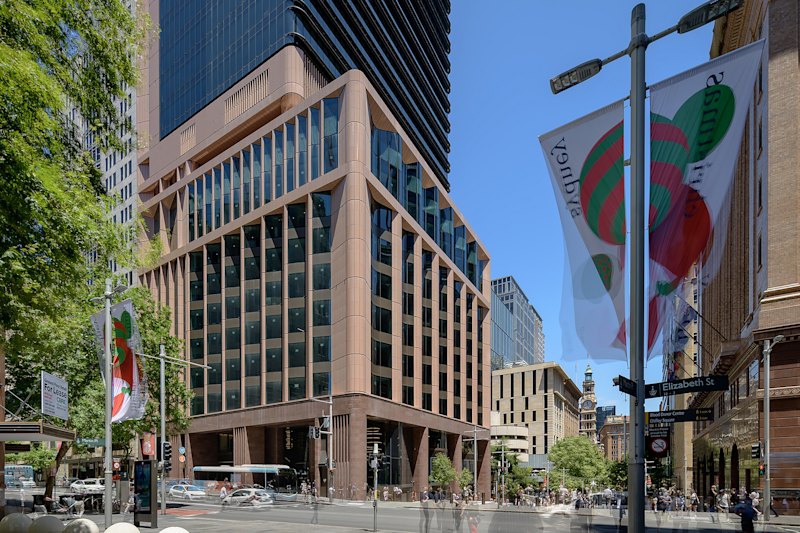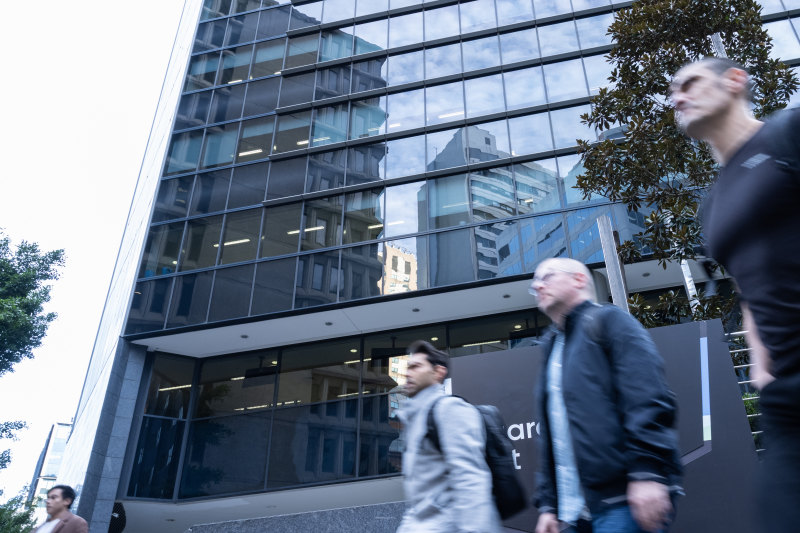
Tenants race for top towers as B-grade buildings empty
The amount of office space leased in the country’s best office towers is rising while demand for secondary buildings is contracting, as the divide between CBD winners and losers sharpens.
A breakdown of the overall take-up of CBD office space over the first quarter – described as “net absorption” in the commercial real estate sector – shows 190,300 square metres was leased in the prime office towers over the 12 months to the end of March. In contrast, negative 233,700sq m was leased in secondary buildings over the same period, according to a JLL analysis.

“Organisations have been observing changes in workplace patterns and have more confidence in what their occupational footprint will look like moving forward.” said JLL’s research head in Australasia, Andrew Ballantyne.
“We see more conviction in decision-making and the positive net absorption result highlights the net balance of organisations are seeking more office space.
“Virtually all organisations that relocate move into higher quality office accommodation. The highest quality buildings have strong occupancy rates, A-grade and upper B-grade are competing on the level of amenity / sustainability credentials and an increasing number of lower quality assets is where we see structural vacancy.”
The national CBD office vacancy rate held steady at 14.7 per cent over the quarter, easing slightly in Sydney to 14.3 per cent and to 18 per cent in Melbourne, according to JLL.
The widening gap between the best and the rest is no surprise to Shane Quinn, who heads investment platform Quintessential, and is among the few investors buying in the country’s battered office market.
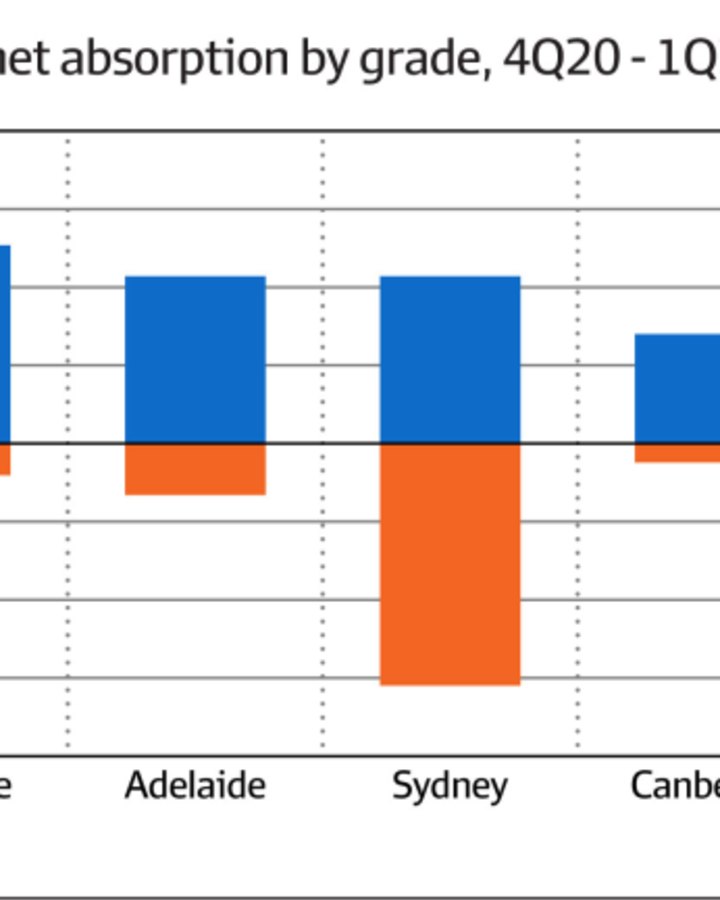
Taking advantage of the disruption, Quintessential last year paid $293.1 million for an 18-storey office tower at 1 Margaret Street, a 21 per cent discount to its previous book value. It is also raising capital for a 26-storey tower at 240 Queen Street in Brisbane, paying $257 million for a building previously valued around $300 million.
Those investments will stack up, in Mr Quinn’s view, amid a shake-out he expects will leave B-grade assets effectively stranded, as tenants rush to claim space in buildings with superior amenities and services.
“If you want to attract and retain the best people to be the best business, you’re going to need the best office space,” Mr Quinn told The Australian Financial Review.
“You’re going to see a lot of buildings which aren’t leasable any more. With those buildings being pulled out of the market, that’s going to put more pressure on A-grade and prime buildings.”
Mr Quinn said the unloved B-grade buildings would have to be repurposed or knocked down and replaced with better quality towers, but their owners might not be able to access the capital needed to do that.
“That’s a spiral you don’t want to get into. It just eats itself. It’s compound interest on a bad asset. It’s like trying to catch a falling knife,” he said.
The divide between prime buildings and secondary is most apparent in Sydney, which recorded the country’s strongest net absorption result in the first quarter of 13,500sq m overall. The take-up of space in prime towers rose by 61,500sq m, compared with a contraction in the secondary market of negative 48,100sq m.
“The Sydney CBD net absorption result was supported by a reduction in overall sublease availability. Several organisations have seen their return-to-office rate improve the first part of 2024, and concluded they require space previously offered to the sublease market,” said office leasing head Tim O’Connor.
This week Tim Church, Morgan Stanley’s co-head of investment banking in Australia, said lower-grade office buildings would be one of the biggest challenges for banks that are exposed.
Flexibility toward going to the office was not going to change, while refitting non-prime assets to residential or student housing mightg not make commercial sense, he told a Melbourne conference.
“That’s a really problematic asset,” Mr Church said. “We’re going to see some blood on the streets.”
with Bloomberg

